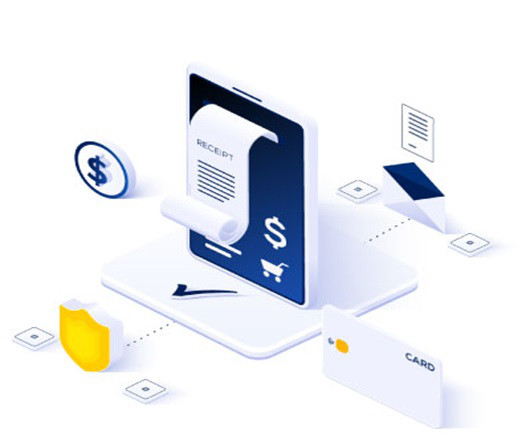How to balance customer success and revenue in sales
Intercom, Inc.
OCTOBER 26, 2018
Customer success means wildly different things to different companies in the SaaS industry. Many organizations create customer success teams but there’s no clear definition as to how these teams develop long-term value for both the customer and the business. At some companies, customer success managers create resources for thousands of self-serve customers, while at others they work with a select few.
















Let's personalize your content